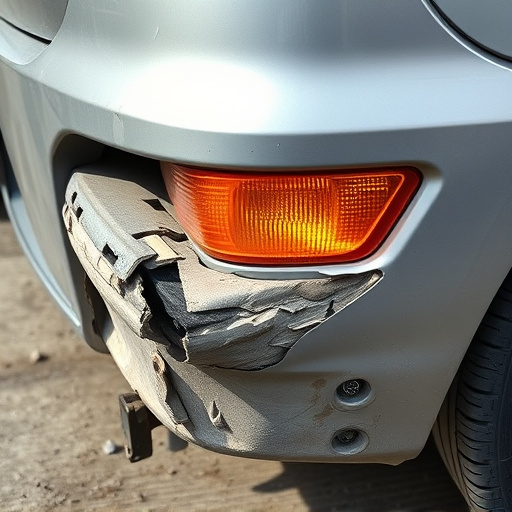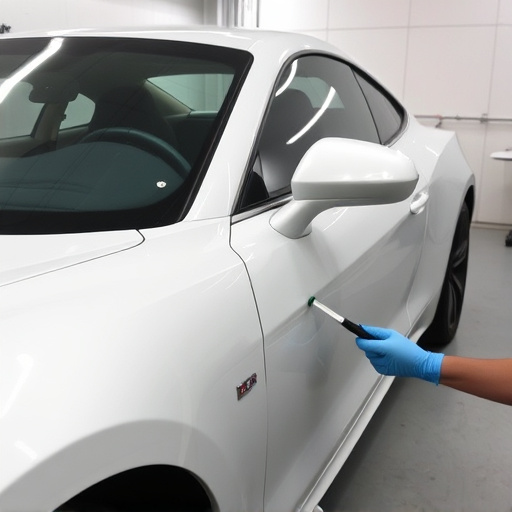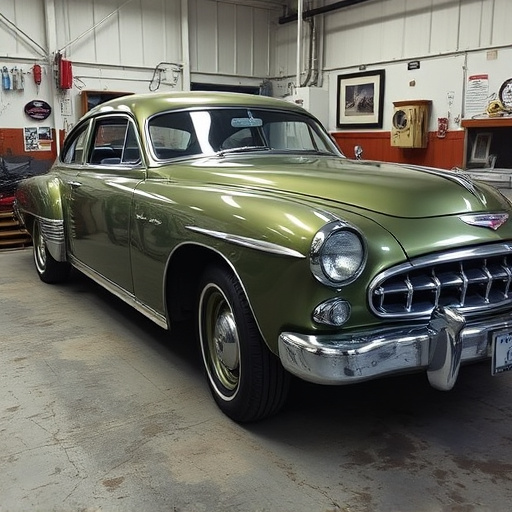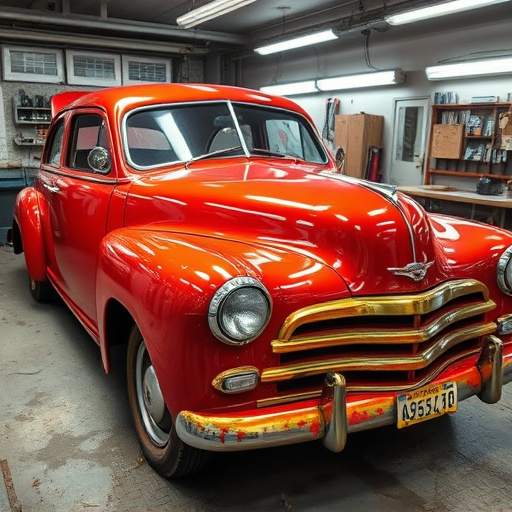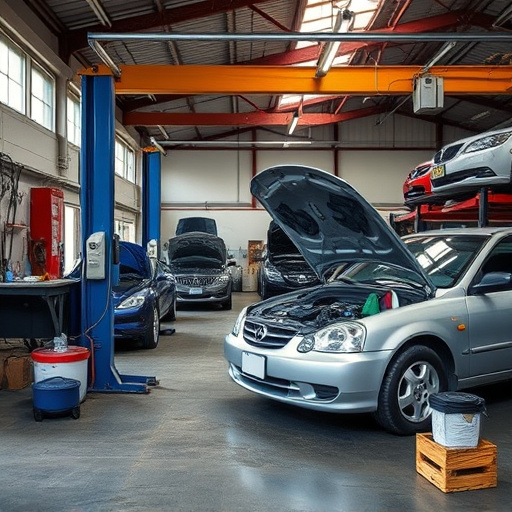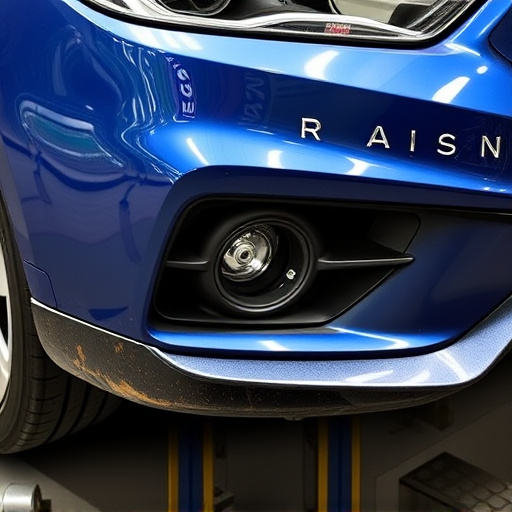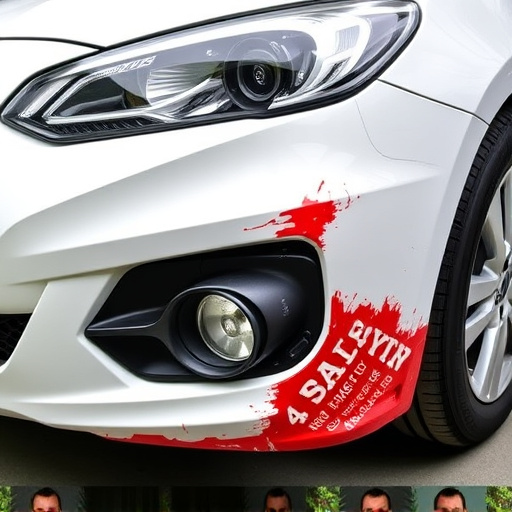The three-stage paint system is a meticulous process for superior car body restoration, involving preparation (cleaning, sanding), priming (application of protective coat), and painting (advanced color techniques) stages to ensure durable, precise finishes matching original vehicle specifications. This system revolutionizes automotive repairs for enhanced aesthetics, requiring structured surface preparation to achieve efficient results. Stages Two (meticulous base preparation with high-quality primers) and Three (careful topcoat application with drying times) are critical for superior durability against UV rays and corrosion.
“Efficient repairs and fresh finishes don’t have to be a lengthy process. Discover the benefits of implementing a three-stage paint system, designed for streamlined productivity. This article breaks down the key components, offering insights on optimizing your repair timeline.
First, we’ll explore the fundamental stages: preparation, application, and curing. Then, learn how strategic planning in each phase can significantly reduce turnaround times without compromising quality. By understanding these stages, you’ll be equipped to enhance your painting efficiency.”
- Understanding the Three-Stage Paint System
- Preparing for Efficient Repairs: Step One
- Optimizing Timeframes: Stages Two and Three
Understanding the Three-Stage Paint System
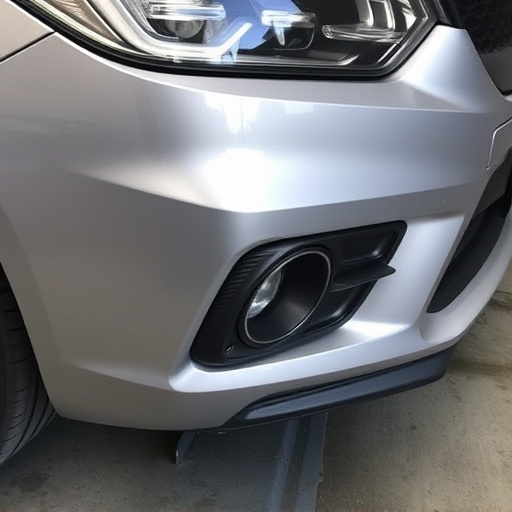
The three-stage paint system is a meticulous process designed to achieve superior results in car body restoration and automotive repair services. This method involves three distinct stages: preparation, priming, and painting. Each stage is crucial for ensuring a smooth, durable finish that matches the vehicle’s original specifications.
During the preparation phase, the damaged area is thoroughly cleaned, sanded, and primed to create a clean canvas. This includes fixing any dents or scratches using expert car dent repair techniques. The priming stage involves applying a protective coat that prepares the surface for paint, enhancing its adhesion properties. Finally, the painting step utilizes advanced techniques to apply the desired color, resulting in a flawless finish that enhances the overall aesthetics of the vehicle through comprehensive car body restoration practices.
Preparing for Efficient Repairs: Step One
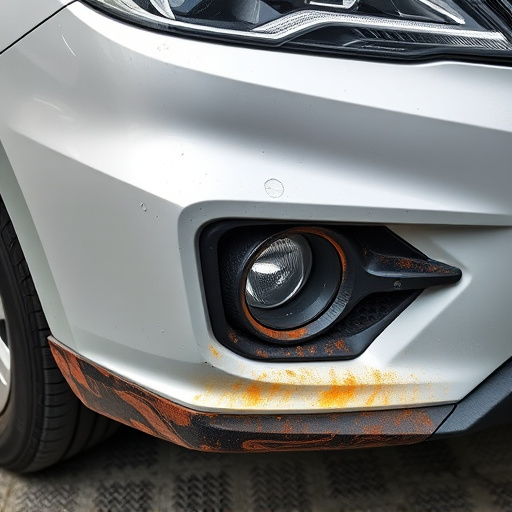
Preparing for efficient repairs starts with understanding the importance of a three-stage paint system. In automotive body work, a structured approach is key to ensuring long-lasting and quality results after a fender bender or any other vehicle paint repair. The first step involves thorough surface preparation. This isn’t just about sanding down the damaged area; it’s a meticulous process that includes degreasing, cleaning, and removing any contaminants or old paint debris. A clean, smooth surface is crucial for the adhesion of new paint, setting the stage for a seamless finish.
This initial phase also involves inspecting the entire vehicle to identify potential hidden damage. Many minor dings or scratches might go unnoticed until they’re highlighted during the preparation process. By addressing these issues early on, you avoid having them resurface later, complicating the repair and potentially affecting the final aesthetic. This holistic approach ensures that when it comes time for the three-stage paint system to be applied, the results will be both efficient and effective.
Optimizing Timeframes: Stages Two and Three
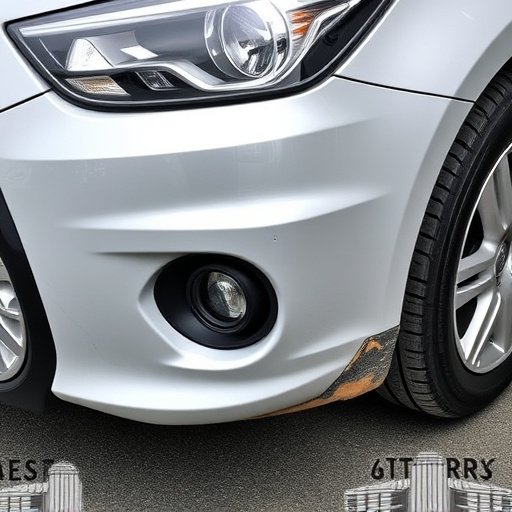
In a three-stage paint system, Stages Two and Three are pivotal for achieving optimal results in both aesthetic appeal and durability. During Stage Two, which involves preparing the surface, meticulous attention is paid to detail. This step includes thorough cleaning, degreasing, and any necessary patching or sanding to ensure an even base for painting. It’s crucial to use high-quality primers here to lay the groundwork for the final coat.
Stage Three, application of the topcoat, requires precision and patience. The paint is carefully applied, allowing adequate drying time between layers. This stage not only seals in the color but also adds protective layers against elements like UV rays and corrosion. For automotive body shops or fleet repair services dealing with vehicle dent repairs, these stages are key to restoring vehicles to their pre-damage condition, ensuring both functionality and longevity of the paint job.
Implementing a three-stage paint system can significantly streamline repair processes, ensuring efficient and effective outcomes. By understanding each stage’s purpose and optimizing timelines, professionals can achieve high-quality finishes while minimizing downtime. This systematic approach enhances overall project management, making it an invaluable asset for any maintenance or restoration effort.
